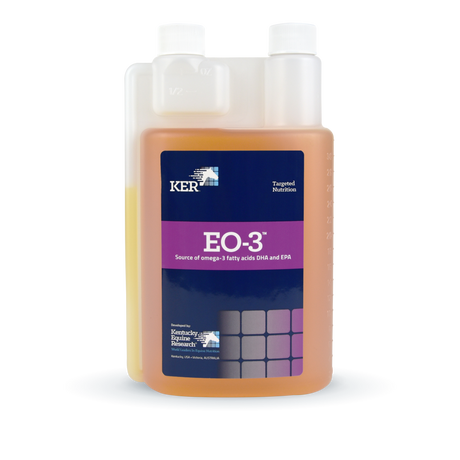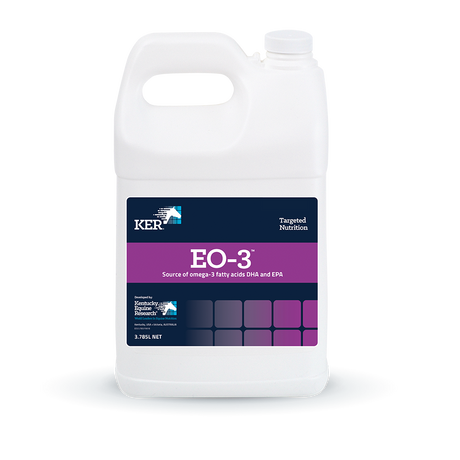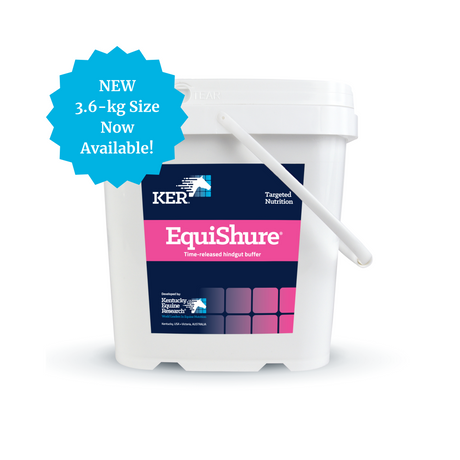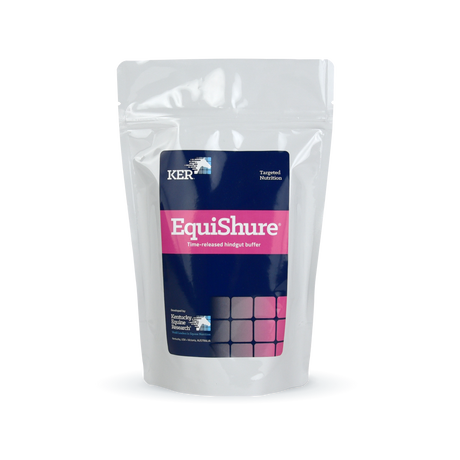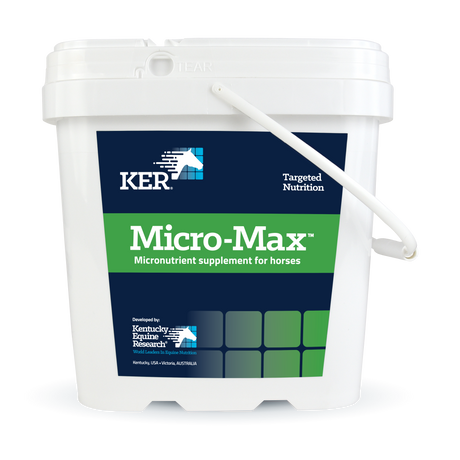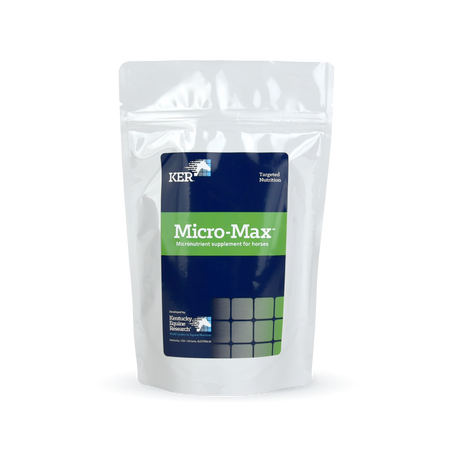
INSULIN RESISTANCE
INSULIN RESISTANCE
Insulin resistance (IR) is defined as reduced sensitivity to insulin that results in increased insulin release and/or decreased activity of insulin, such as glucose entry into cells, inhibition of glucose production in the liver, and mobilization of fat. Laboratory testing for IR in horses reveals elevated blood insulin concentration or abnormal changes in blood insulin and/or glucose concentrations when the horse is challenged with glucose or insulin. Several tests have been developed to investigate IR, but most involve either oral or intravenous glucose administration, and in some tests, insulin is also administered.
Insulin resistance can be caused by several hormones and drugs that affect the actions or release of insulin. Some of the more common causes are listed below.
Pituitary pars intermedia dysfunction (equine Cushing's disease) occurs in older horses due to dysfunction of the pituitary gland that results in the overproduction of cortisol, which antagonizes insulin.
Equine metabolic syndrome (
Stress or severe illnesses induce the release of hormones that interfere with insulin, such as cortisol and epinephrine. It is not unusual for stressed or ill horses to have elevated blood glucose concentrations, though these usually return to normal as the animal relaxes or its condition improves. Since this is a situational occurrence, it is not necessary to enact feeding or management changes. However, knowing the effects of stress or illness may help owners better understand and interpret the results of blood tests performed at such times.
Feeding and Management Considerations
The first step in feeding a horse with insulin resistance is to understand the underlying cause. If another syndrome is at work, often the management guidelines for that syndrome will also include feeding recommendations that address the insulin resistance. For example, if the ultimate source of insulin resistance is obesity or
The common denominator in feeding horses that are insulin resistant is to provide a ration that reduces fluctuations (mainly peaks) in blood glucose. One method that can be used to compare the effect of different feedstuffs on blood glucose is glycemic index.
Glycemic index is the measure of the rate of rise in blood glucose concentration in response to eating a specific feedstuff. Glycemic index depends on the carbohydrate content of the feed. In general, feeds with a higher amount of starch, nonstructural carbohydrates, or other sugars have a higher glycemic index than feeds high in fats or fermentable fiber.
If IR is present, it will decrease the clearance of glucose from the blood because the normal actions of insulin (drive glucose into cells and thereby decrease blood insulin concentration) are inhibited. Blood glucose concentrations will fluctuate less when a horse is fed a feed with a low glycemic index. Recent work has shown that high-fat diets may actually worsen IR. Therefore it may be best to choose a low- to moderate-fat, low-glycemic diet for these horses.
Overall, the goal of feeding horses with IR is to maintain them in an optimal body condition, provide exercise if the horse is able, ensure that adequate intake of nutrients is provided, and support improved insulin response through extranutritional supplementation.
Which solution is right for your horse?
EO-3™ Omega-3 supplement. EO-3 is a rich source of omega-3 fatty acids DHA and EPA, compounds found to optimize the well-being of all horses, regardless of age or use. Specifically DHA and EPA supplementation has been shown to mediate inflammation as well as improve insulin sensitivity. Choose EO-3 to promote a more natural balance of omega-3 to omega-6 fatty acids in the body and the benefits this balance can confer on systemic inflammatory response, immune function, and insulin sensitivity. Recommended for horses with equine Cushing’s disease, metabolic syndrome, and any horse that is insulin resistant.
Micro-Max™ Ration fortifier. Micro-Max is a low-intake concentrated source of vitamins and minerals for mature horses. Micro-Max is ideal for horses that maintain body weight on diets of forage and small amounts of concentrate. The use of Micro-Max ensures that all vitamin and mineral requirements of mature horses and ponies are satisfied. Because of its low feeding rate, Micro-Max can be fed by itself or mixed with a concentrate.
- Insulin Dysregulation and Insulin Resistance in Horses
- Laminitis, Insulin Resistance, Equine Metabolic Syndrome: Fast Facts
- Four Research-Based Tips for Feeding Horses with EMS
- Managing Insulin Dysregulation and Obesity in Horses: Beyond Diet
- Age Influences Insulin Dysregulation in Horses
- Lush Grass: Good or Bad?

